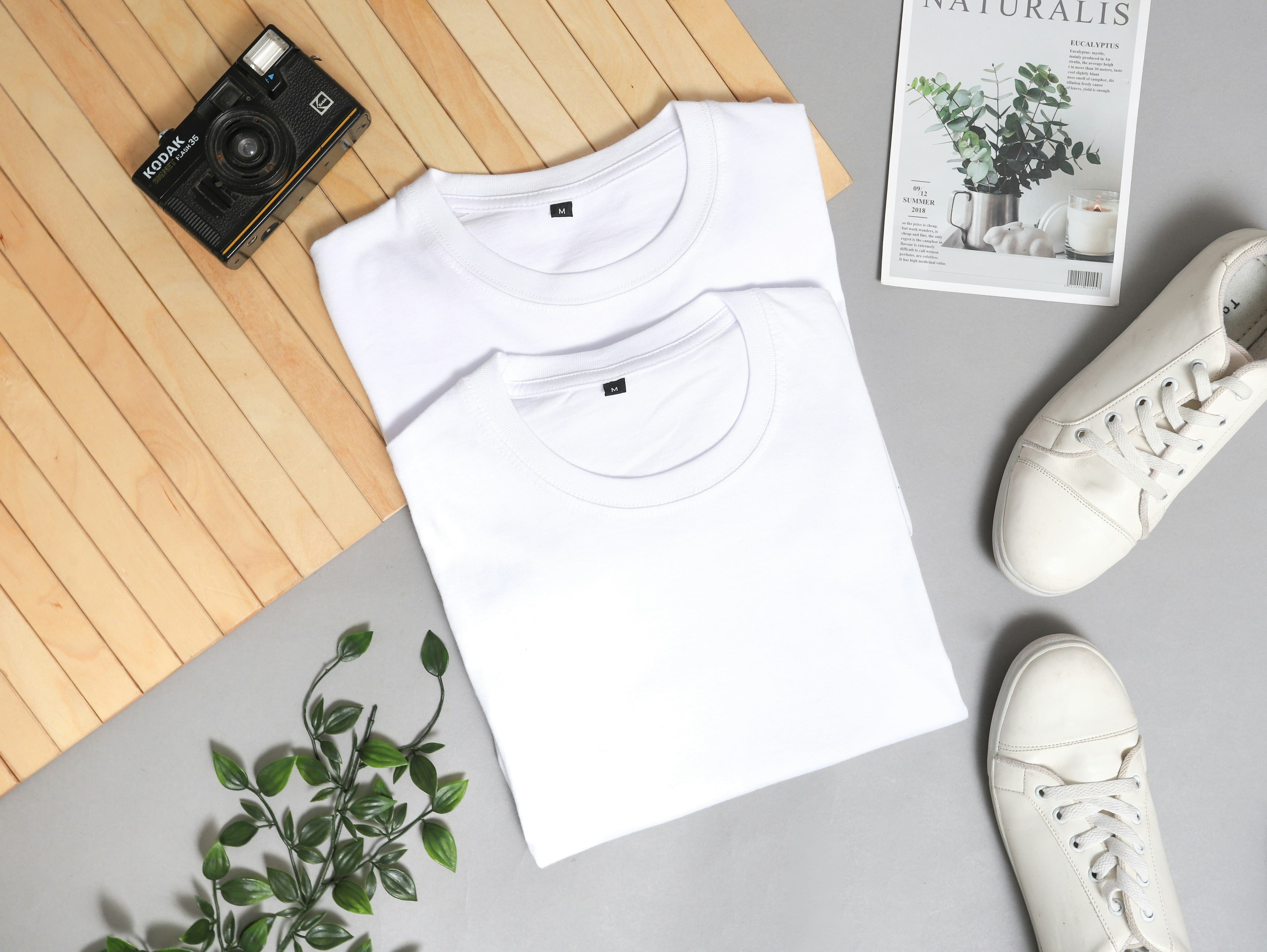The 10 Most Profitable Printable Types for Etsy Sellers
Everyone's fighting over bullet journals and wall art while smart sellers quietly make $3,000+ monthly with printables nobody talks about. Like memorial programs ($1,200/month helping grieving families) or bachelorette party games (stressed bridesmaids pay premium). The most profitable printables solve problems at emotional moments—not pretty Pinterest fantasies.

Okay, confession time. Last Tuesday at 2 AM, I found myself engrossed in the maze of Etsy shops, frantically clicking through successful printable sellers, akin to a digital detective. Hours ago, my coffee had gone cold, and my eyes were burning, but I was still obsessed.
Why? I became weary of the commonplace "make money with printables" guidance, which encourages the creation of planners and wall art without demonstrating what truly sells. You know what I mean—those articles that make it sound like you just slap some pretty fonts on a PDF and watch the money roll in.
Well, after analyzing dozens of shops, tracking their sales, and even messaging a few sellers (yes, I'm that person), I've got the real tea on what printables are actually making money in 2025. And spoiler alert: some of these might surprise you.
The best part? Most of these sellers started exactly where you probably are right now—staring at Etsy, wondering what the heck to sell, convinced everyone else had some secret sauce they were missing.
They didn't. They just started with what worked and stuck with it long enough to see results.
What You'll Actually Learn (No BS Edition)
- The 10 printable types that are quietly making sellers $1,000-5,000+ monthly (with proof)
- Why emotional purchases crush logical ones—and how to tap into that
- The "bundle hack" that turns $3 products into $20 sales—this alone changed everything for me.
- Real income timelines—not the fantasy "make $10K your first month" garbage
- My exact 7-day launch plan—because procrastination is profit's biggest enemy
The Printables That Are Quietly Making Bank (While Everyone Else Fights Over Planners)
Look, everyone and their mom is selling bullet journal pages and motivational quotes. That's fine, but it's also why most people make $47 their first year. Are the sellers crushing it? They're solving specific problems at emotional moments. Here's what I found:
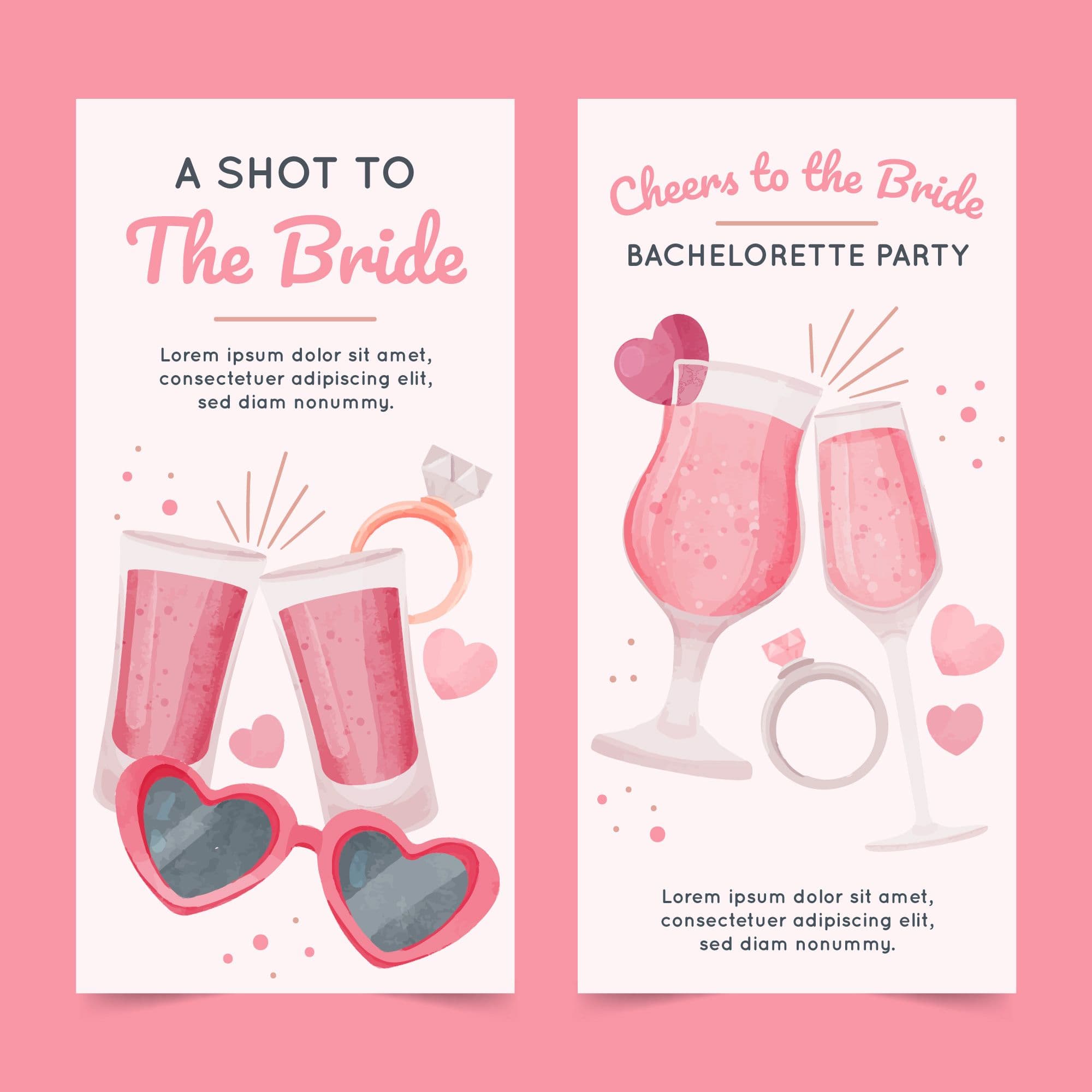
1. Bachelorette Party Games (Because Stressed Bridesmaids Pay Premium)
Here's a story that'll blow your mind:My friend Jessica got tasked with planning her sister's bachelorette party three weeks before the wedding. She was freaking out—Pinterest was overwhelming, everything on Amazon looked cheesy, and she had exactly zero party planning experience.
At 11 PM on a Thursday, she found an Etsy seller with a complete bachelorette party game bundle. Fifteen bucks later, she had professionally designed scavenger hunts, photo challenges, and drinking games ready to print. That seller? She makes over $3,000 monthly from party printables alone.
Why this works so well:Bachelorette parties happen once in a lifetime. Money isn't the issue—time and stress are. A panicked maid of honor will gladly pay $15 for something that saves her hours and looks Instagram-worthy.
What's crazy is that most sellers miss this goldmine because they think "party games" sounds too specific. But specificity is exactly why it works.
The secret sauce for dominating this niche:
- Create themed collections (boho bride, Vegas weekend, wine country vibes) instead of generic games.
- Make everything editable so they can add the bride's name and inside jokes.
- Bundle related items—scavenger hunt + photo props + itinerary templates = easy $25 sale.
Real talk: One seller told me she created her first party game bundle in a weekend using Canva. It now brings in $400-600 monthly without her touching it. That's what passive income actually looks like.

2. Memorial Programs (The Category Nobody Talks About)
This one feels heavy, but stick with me because it's incredibly important and surprisingly profitable. When families are grieving, the last thing they want is to spend hours learning design software or paying funeral homes $300+ for a simple program.
I discovered this when my neighbor's mom passed away suddenly. The funeral home quoted them $250 for a basic memorial program, but they needed it personalized with specific poems and photos. A $12 Etsy template saved them money and gave them complete control during an already overwhelming time.
Why this matters beyond money:You're genuinely helping families during their most difficult moments. The seller who created their template? She gets thank-you messages that make her cry happy tears.
How one teacher turned this into a steady income:Maria started creating memorial templates after struggling to design one for her grandmother's service. She now sells 10-15 monthly at $12-18 each. Her secret? Multiple style options (religious, secular, modern, traditional) and matching thank-you cards.
Your approach for this sensitive market:
- Focus on dignity and elegance—no trendy fonts or flashy colors.
- Offer various formats: programs, prayer cards, and bookmark memorials.
- Include compassionate, clear instructions for customization.
- Price fairly—you're helping grieving families, not gouging them.
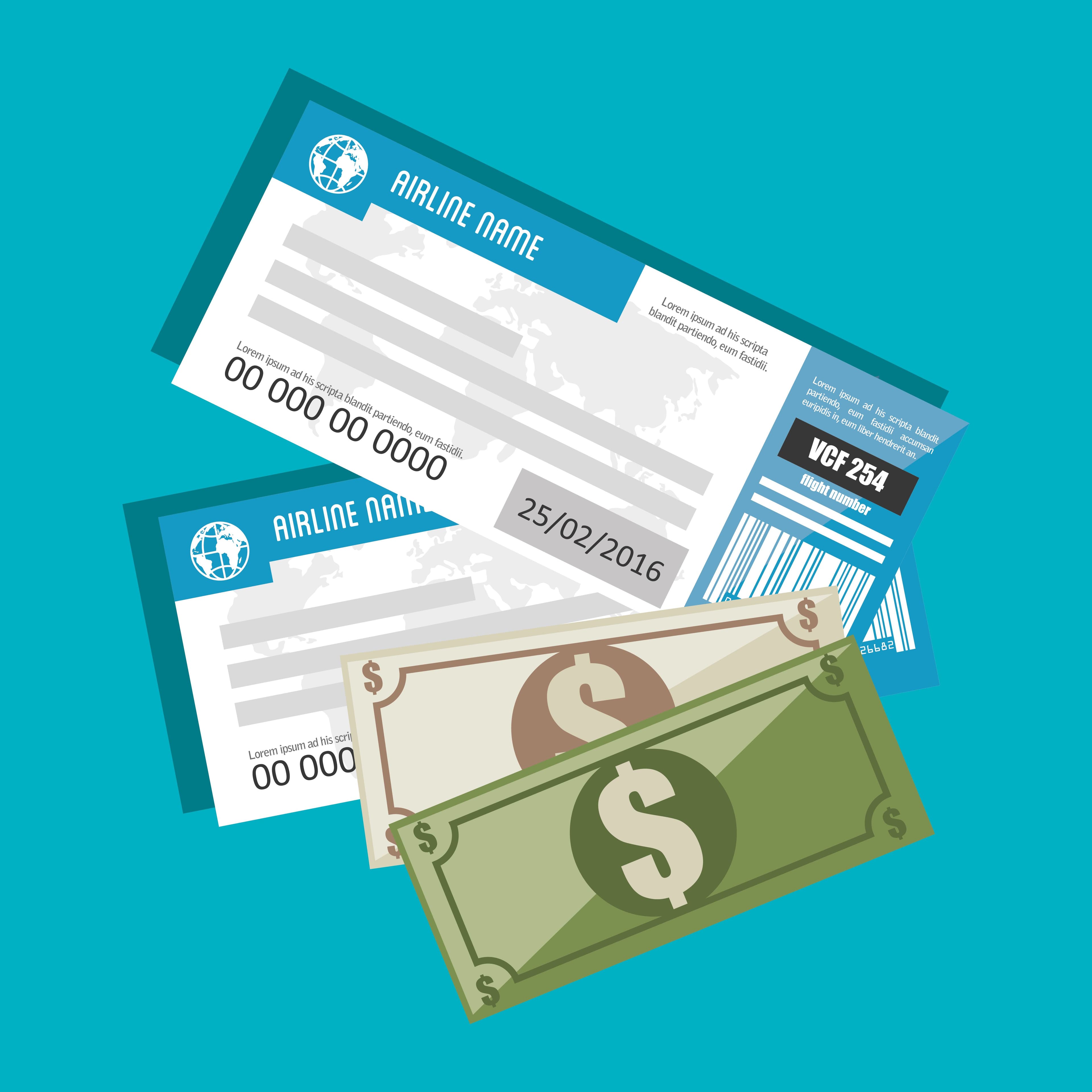
3. Fake Money and Blank Checks (The Nostalgia Goldmine)
Remember being a kid and getting those toy checks or play money? That magic feeling of receiving something that looked official and important? Parents and grandparents are paying real money to recreate that feeling for their kids.
Jake, a dad from Austin, figured this out when his 8-year-old complained that birthday money was "boring." He created some fun "official payment" certificates for allowance and chores. Other parents started asking for copies, so he listed them on Etsy.
Plot twist: He now makes $200-400 monthly from various "official payment" templates. His Halloween money checks? They sell like crazy every October.
The psychology that makes these sell: Cash feels impersonal, but a personalized check or certificate feels special. It's the difference between handing over a $20 bill and presenting a "Certificate for Epic Ice Cream Adventure."
How to nail this category:
- Create event-specific versions: graduation, first job, birthday, Christmas
- Add fun categories: "Emergency Pizza Fund," "Book Buying Spree," and "College Textbook Torture."
- Include matching envelope templates—presentation matters.
4. "You've Been Booed" Tags (Seasonal Money Machines)
Every October, something magical happens in neighborhoods across America. Families start secretly leaving treats on each other's porches with cute "You've Been Booed" tags. And every September, smart Etsy sellers start counting their money.
Here's the thing about seasonal printables—they create predictable income spikes. One seller I talked to makes $800-1,200 every October just from Halloween printables. The rest of the year? She focuses on other holidays and seasonal trends.
The seasonal strategy that actually works:
- Adapt the concept for every holiday: "You've Been Elfed," "Secret Valentine," and "Shamrock Surprise."
- Create neighborhood-building products—people love wholesome traditions.
- Bundle with matching treat bag toppers and instruction cards.
Pro tip: Start creating seasonal content 6-8 weeks before the holiday. By the time demand peaks, you'll be ready to ride the wave.
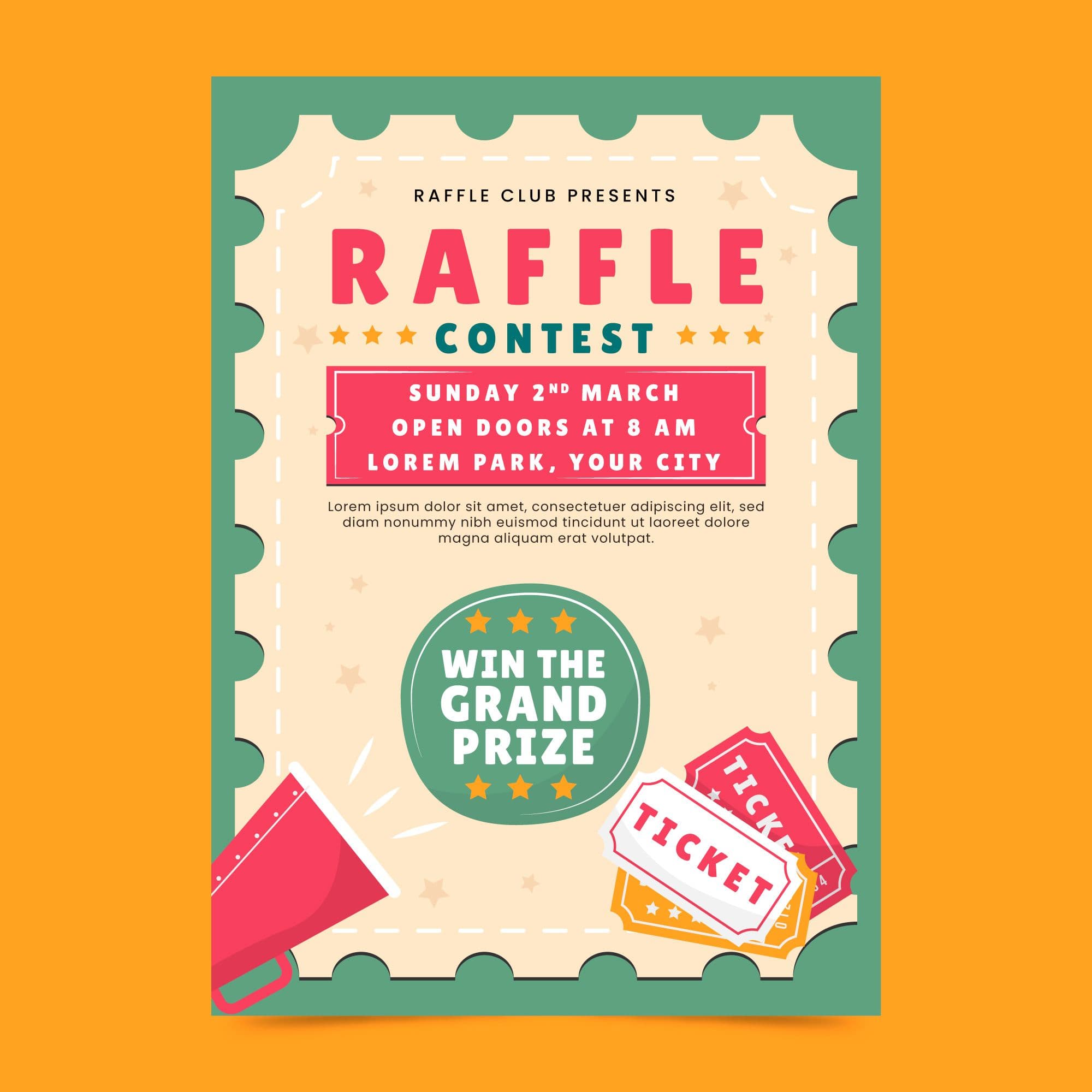
5. Lottery Ticket Holders (The Last-Minute Gift Savior)
We've all been there. It's 4 PM, you just remembered it's Teacher Appreciation Week, and you're standing in line at the grocery store, grabbing scratch-off tickets because it's literally all you have time for.
But here's the problem: handing over a naked lottery ticket feels cheap, even if it's not. Enter cute lottery ticket holders that transform a $5 impulse purchase into a thoughtful, presentable gift.
Rebecca discovered this market by accident. She created some cute holders for her kids' teachers and posted them in her mom's Facebook group. Thirty comments later, asking, "Where can I buy these?" she realized she'd stumbled onto something.
Now she sells 50+ holders monthly with clever sayings like "Hope Your Luck Changes" and "Feeling Lucky, Teacher?" Her income from this simple concept? About $250 monthly, with spikes during teacher appreciation and holiday seasons.
What makes these consistently profitable:
- They solve a universal problem (making cheap gifts look thoughtful).
- Multiple occasions: teacher gifts, retirement parties, Secret Santa, stocking stuffers
- A low price point means people buy without overthinking.

6. Love Coupons (Romance That Pays the Bills)
Love coupons might sound cheesy, but they tap into something powerful: the desire to give meaningful, personalized gifts without spending a fortune.
Lisa learned this when she was broke but wanted to give her boyfriend something special for their anniversary. She couldn't afford a fancy gift, so she made him a booklet of "date night coupons"—things like "Good for One Home-Cooked Meal" and "Movie Night, Your Choice."
He loved it so much that she started making them for friends. Those friends started asking for copies. Now she sells 25-40 love coupon sets monthly, with major spikes around Valentine's Day and wedding season.
The secret to making these work:
- Create different relationship stages: new couples, married couples, and long-distance relationships.
- Offer various tones: sweet and romantic, funny and playful, and family-appropriate.
- Make them editable so couples can add their own inside jokes.
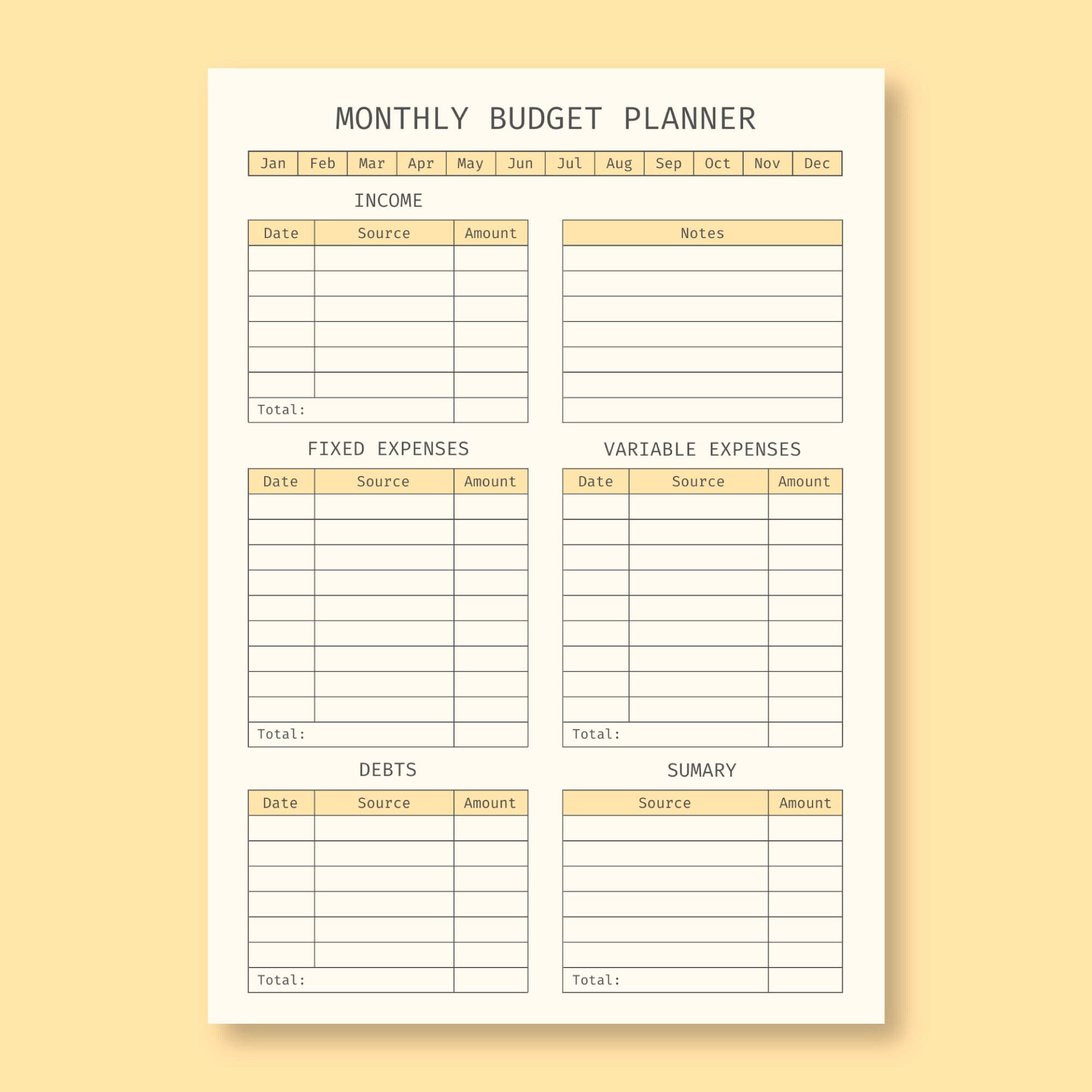
7. Budget Planners (The Category That Never Dies)
Okay, I know what you're thinking. "Budget planners? Isn't everyone selling those?" Yes, generic budget planners are everywhere. But specific budget planners for specific people? That's where the money is.
Tom figured this out after failing with generic budget worksheets for six months. His breakthrough? Creating a "Budget Binder for Freelancers" that addressed the unique challenges of irregular income. Sales jumped from 2-3 monthly to 30-40 monthly almost overnight.
Why financial printables are recession-proof:Money stress is universal and constant. New Year's resolutions, spring cleaning, back-to-school budgeting, holiday preparation—there's always a reason people want to get their finances together.
The niche-down strategy that actually works:
- Target specific groups: teachers, single moms, college students, and small business owners.
- Address their unique challenges and terminology.
- Create complete systems, not just individual worksheets.
Tom's freelancer budget binder now brings in $800-1,200 monthly. His secret? He understands freelancers because he is one.
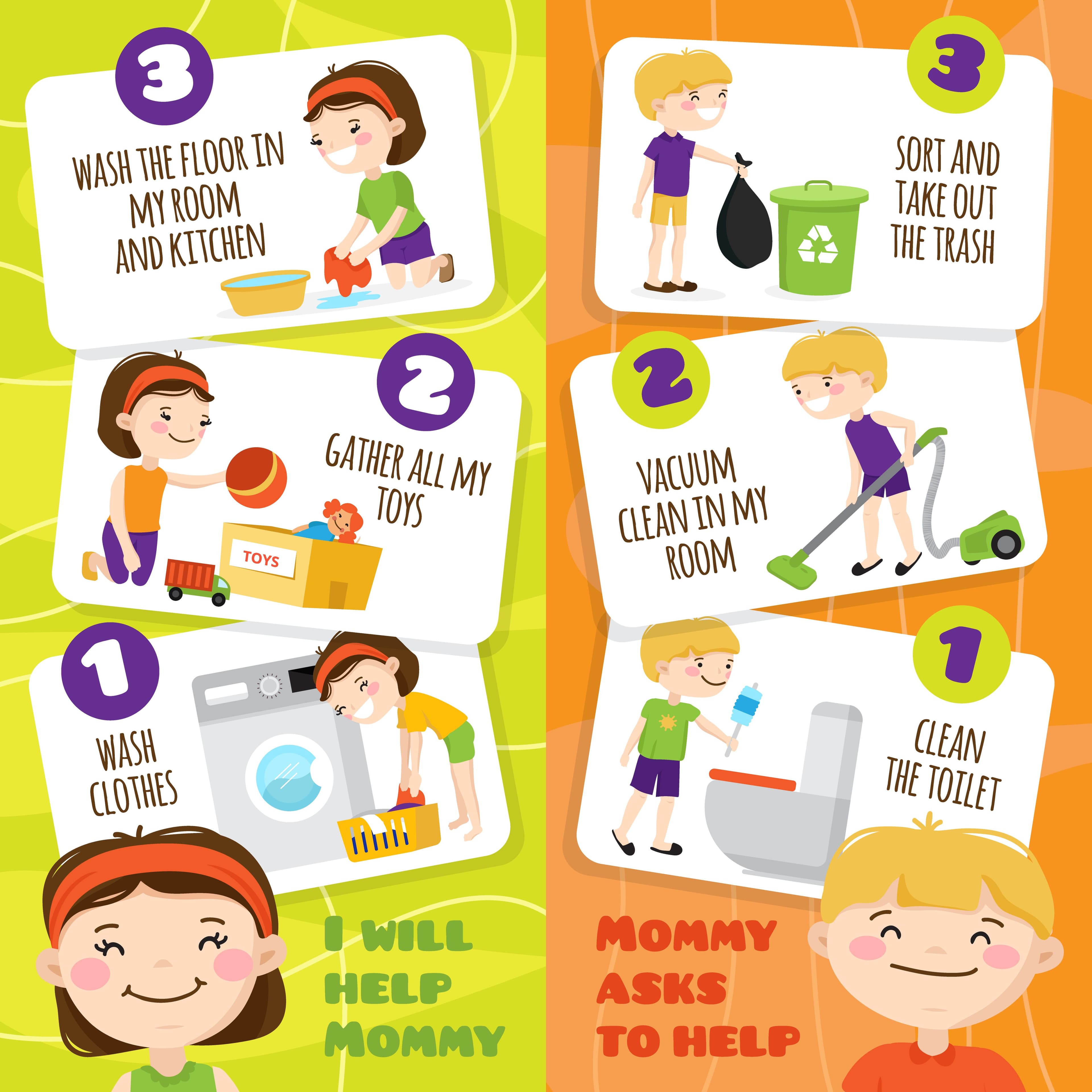
8. Kids' Chore Charts (Parent Problem Solvers)
Here's what I learned from talking to Jennifer, a homeschooling mom who accidentally built a chore chart empire: Parents will pay for anything that makes their lives easier and helps their kids develop good habits without World War III breaking out at home.
It started when she created dinosaur-themed chore charts for her own kids. The charts actually worked (miracle!), and other moms in her homeschool group started begging for copies. What began as helping friends turned into $400+ monthly income from themed chore systems.
What makes these consistently profitable:
- Parents are always looking for new ways to motivate kids.
- They become repeat customers as families grow and needs change.
- Multiple themes mean multiple products: dinosaurs, unicorns, superheroes, space
The winning formula:
- Make them age-appropriate: picture charts for toddlers and point systems for elementary kids.
- Include editable fields for names and custom tasks.
- Bundle with reward tickets and achievement certificates.
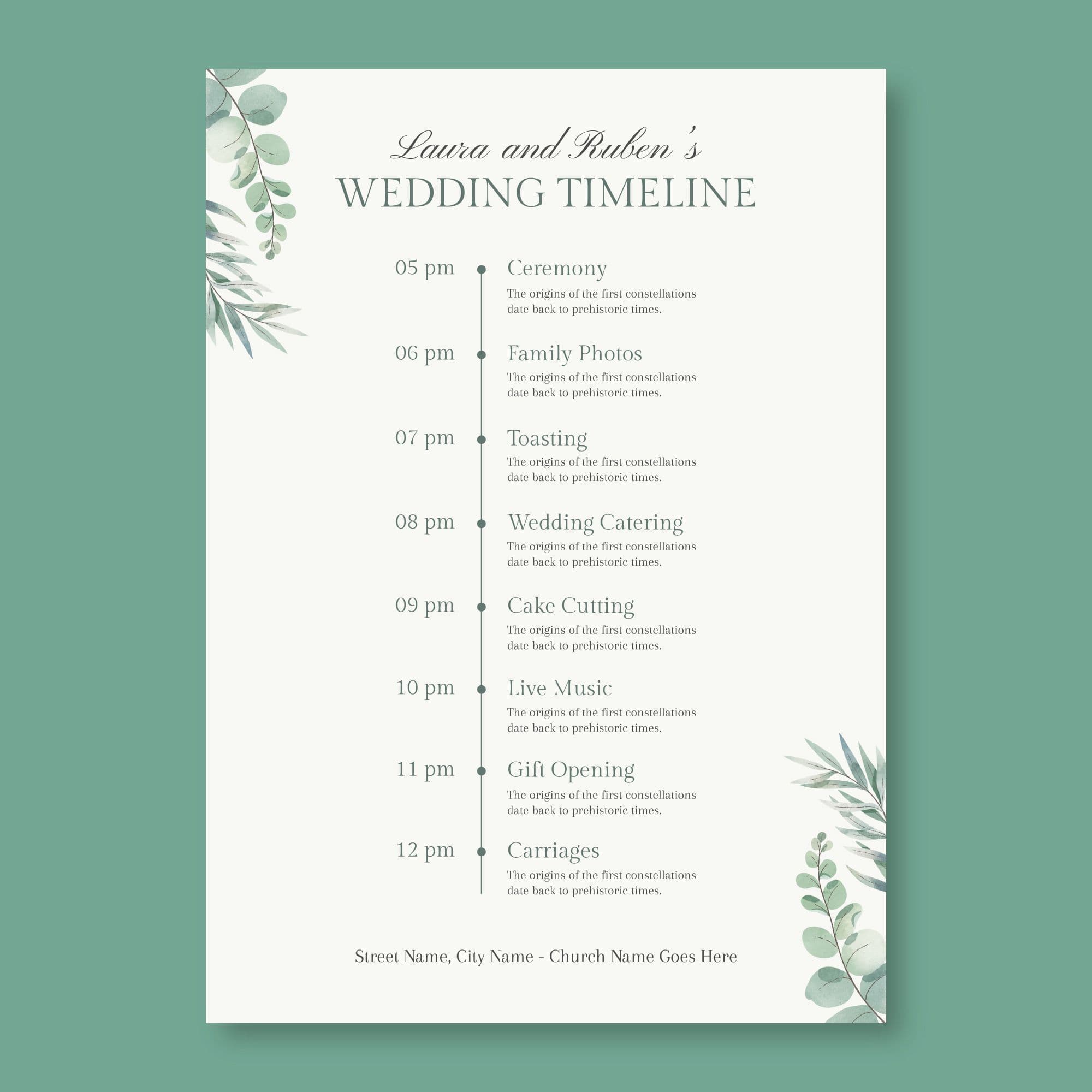
9. Wedding Seating Charts (High-Value Event Essentials)
Weddings are expensive, but brides still want everything perfect. A professional seating chart from a designer? $200-500. An editable template that looks just as good? $25. The choice is obvious when you're already spending $30,000 in one day.
Rachel discovered this after her own wedding budget reality check. She needed a seating chart but couldn't justify another $300 expense. After creating her own template, she realized other brides had the same problem.
Her wedding printables now generate $1,500-2,500 monthly, with seating charts being her bestsellers. During wedding season (May through October), those numbers often double.
What makes wedding printables goldmines:
- Brides have specific visions and tight deadlines.
- They're willing to pay a premium for customizable solutions.
- One bride often leads to referrals from the wedding party and family.
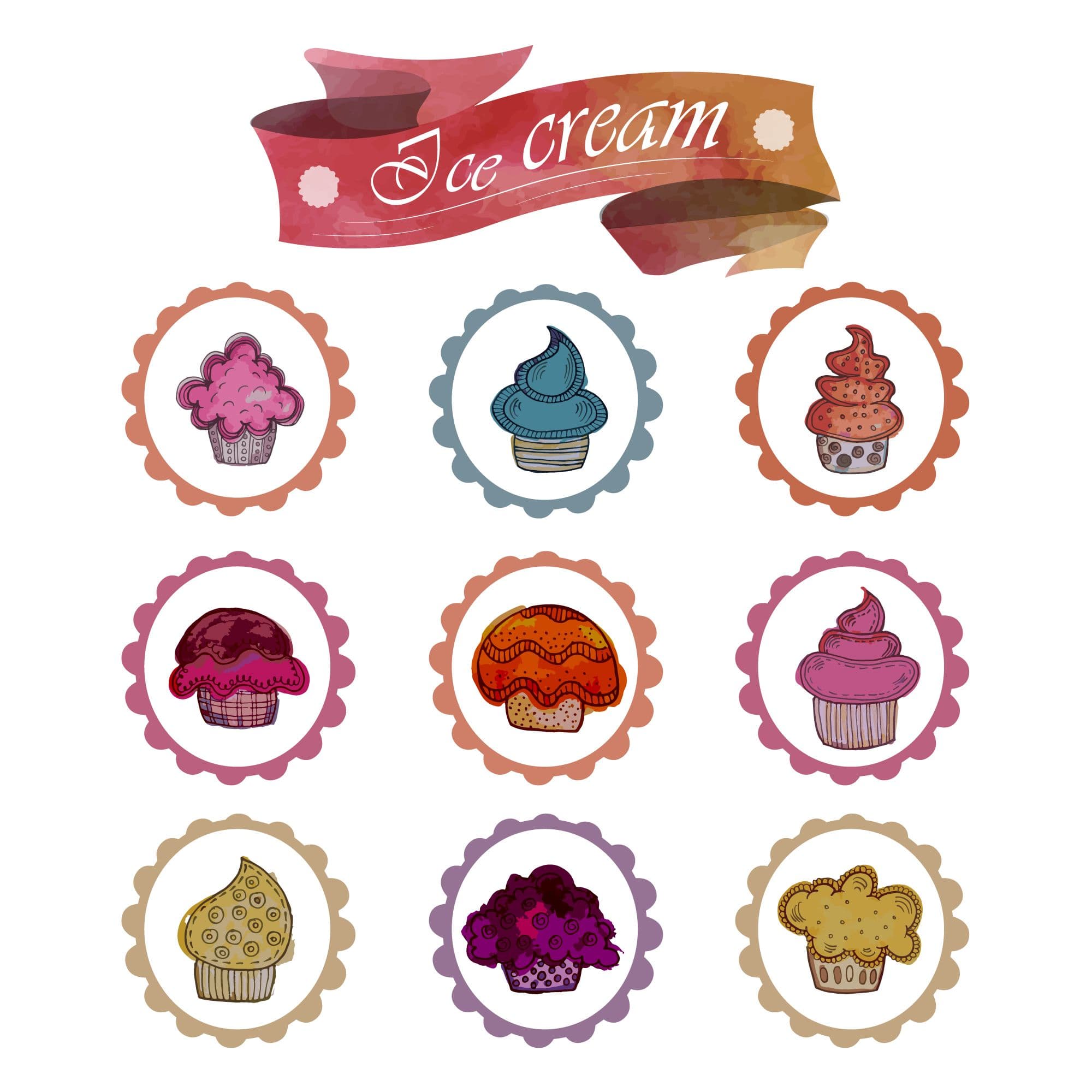
10. Cupcake Toppers (Small Product, Big Profits)
Don't laugh—cupcake toppers might seem silly, but they're a secretly brilliant business. Mike's wife, Lisa, started making these for their daughter's classroom parties because buying them was expensive and the selection sucked.
Other parents noticed and started asking where she got them. Teachers began requesting specific themes. What started as avoiding a $20 purchase at the party store turned into $300+ monthly income from digital downloads.
Why these work so well:
- Low price point ($3-8) means impulse purchases.
- Repeat customers—teachers buy for every holiday.
- Easy to create themed bundles and seasonal collections
The expansion strategy that works:
- Cover every occasion: holidays, birthdays, sports teams, and graduation themes.
- Create mega-bundles: "Complete Halloween Party Pack" or "Teacher's Holiday Collection."
- Include matching decorations like banners and favor tags.
The Real Strategy That Separates Winners from Everyone Else
After studying all these successful sellers, I noticed something important: none of them started with revolutionary ideas. They started with proven concepts and made them better through specificity and understanding their customers' pain points.
The "Niching Down" Secret That Actually Works
Here's what most people get wrong: they think "niching down" means limiting their market. Actually, it means becoming the obvious choice for a specific group of people.
When someone searches for "budget planner," they see 47,000 results. When they search "budget tracker for single moms," they see maybe 200 results, and yours jumps out immediately.
The single mom searching knows you understand her unique challenges: irregular child support, unexpected kid expenses, and juggling multiple income sources. She'll choose your specific solution over a generic one every time.
Design Tricks That Actually Matter (From Someone Who Can't Draw)
Good news: you don't need to be a graphic designer. You just need to avoid looking like you designed something in 1995. Here's what actually matters:
- Fonts that people can actually read—save the fancy scripts for headers only.
- Colors that work together—when in doubt, stick to 2-3 colors max.
- White space is your friend—cramped designs scream "amateur."
- High-resolution everything—blurry previews kill sales instantly.
Lisa (the seating chart queen) told me she uses the same three fonts and two color schemes for everything. Consistency looks professional, and it makes creating new products faster.
The Editable Template Advantage (Your Secret Weapon)
Here's something that shocked me: editable printables sell for 2-3x more than static designs, and customers specifically search for them. Why? Because they want personalization without hiring a designer or learning Photoshop.
Tom's budget planners sell for $15-25 because they're editable. Generic budget printables sell for $3-5. Same amount of work to create, totally different profit margins.
The best part? Tools like Canva make creating editable templates almost as easy as creating static ones. You're literally leaving money on the table if you're not doing this.

💡 50 Digital Side Hustle Ideas
Get your free guide packed with 50+ profitable digital side hustle ideas you can start today — even if you're a complete beginner!
We respect your privacy. Unsubscribe at any time.
Your "Start Today" Action Plan (Because Procrastination Kills Dreams)
Alright, you're convinced. But knowing what to create and actually creating it are two different things. Here's your step-by-step plan to launch your first profitable printable this week:
Monday: Pick Your Lane and Do Your Research
- Choose ONE category from this list that genuinely interests you (not just what seems most profitable).
- Search that category on Etsy and analyze the top 20 results.
- Note their prices, styles, and what's missing from their offerings.
- Define your specific target customer (be ridiculously specific).
Pro tip: Screenshot the bestsellers' main images. You're not copying; you're studying what works.
Tuesday-Wednesday: Create Your First Product
- Open Canva and start with a template close to what you want.
- Focus on functionality over fancy design—people buy solutions, not art.
- Create both PDF and editable versions if possible.
- Print it yourself to test quality and usability.
Reality check: Your first product won't be perfect. That's okay. Perfect is the enemy of profitable.
Thursday-Friday: Create Your Listing
- Write a title that includes your main keywords naturally.
- Take 5-8 high-quality photos showing different angles and uses.
- Write descriptions that focus on benefits ("Save time and stress"), not features ("Includes 5 pages").
- Price competitively, but don't undervalue your work.
Saturday: Launch and Celebrate
- Publish your listing (this is scarier than it should be, but do it anyway).
- Share with friends and family for initial reviews.
- Start brainstorming your next 2-3 products in the same category.
- Celebrate! You're officially in business.
Sunday: Plan Your Next Move
- Join Facebook groups where your target customers hang out.
- Start following successful shops in your category for inspiration.
- Set up a simple tracking system for views, favorites, and sales.
The Income Reality Check (Because Honesty Matters)
Let's talk numbers, because I'm tired of the "make $10K your first month" BS that sets everyone up for failure.
Here's what actually happens when you consistently work at building a printables business:
Months 1-3: Learning phase. You'll make $0-200 while figuring out what works. This is normal. Every successful seller has gone through this.
Months 4-6: Building phase. $100-500 monthly as you add products and improve your listings. You'll start seeing patterns in what sells.
Months 7-12: Growth phase. $300-1,500+ monthly. Your older products start selling consistently while new ones add to the total.
Year 2+: Scale phase. $1,000-5,000+ monthly. This is when it becomes real passive income—older products sell while you focus on strategic new releases.
Are those top sellers making $10,000+ monthly? They have 100+ products, understand their market deeply, and have been at it for years. They're not unicorns—they're just consistent.
The Questions That Keep People Stuck (Let's Kill These Right Now)
"But I'm not creative/artistic/a designer!"
Neither was Tom when he started. Neither was Jennifer. Neither was Rebecca. Successful printable sellers aren't artists—they're problem solvers who learned basic design skills. If you can use a smartphone, you can learn Canva.
"The market is too saturated/competitive!"
The market is huge and growing. Yes, there's competition, but there's also endless demand. The key is finding your specific niche and serving it better than generic alternatives. Saturation is just proof there's a market.
"What if nobody buys my stuff?"
Then you'll learn what doesn't work and try something else. Every successful seller has products that flopped. The difference is that they kept going instead of quitting after the first failure.
"I don't know where to start!"
Start with the action plan above. Pick one category, create one product, and list it. Analysis paralysis has killed more businesses than bad products ever will.
Why This Actually Works (When Most Side Hustles Don't)
I've tried a lot of ways to make money online. Dropshipping (disaster), affiliate marketing (slow), freelancing (trading time for money), and Amazon FBA (expensive and complicated). Here's why printables actually work:
- Low startup costs: You can start with free Canva and basic Etsy fees.
- True passive income: Create once, sell indefinitely.
- Scalable: More products = more income potential.
- Flexible: Work when you want, where you want.
- Recession-resistant: People always need solutions to problems.
But here's the real reason: printables tap into human psychology. People buy solutions to problems and ways to feel better about their lives. A budget planner isn't just paper—it's hope for financial control. A wedding seating chart isn't just a template—it's stress relief during an overwhelming time.
When you understand what you're really selling (solutions and peace of mind), everything else becomes clearer.
My Final Thoughts (From Someone Who's Been Where You Are)
Six months ago, I was exactly where you might be right now. Scrolling through success stories, wondering if this could actually work for someone like me, making excuses about not being creative enough or the market being too crowded.
Here's what changed everything: I stopped researching and started doing. I picked one category (budget planners), created one imperfect product, and listed it. That first sale—$8 for a simple debt tracker—proved it was possible.
Now I'm making $1,200-1,800 monthly from printables, and it's growing every month. I'm not special. I'm not more creative than you. I'm not luckier. I just started and kept going when it felt uncomfortable.
The sellers making real money aren't the ones with perfect products or revolutionary ideas. They're the ones who started before they felt ready and improved as they went.
Your printables empire isn't going to build itself while you're researching and planning. It's going to build when you create that first imperfect product and put it into the world.
Two years from now, you'll either have a thriving printables business generating passive income, or you'll still be thinking about starting someday. The choice you make right now determines which story you'll be living.
So here's your moment: Stop reading about printables and start creating them. Pick one category from this list, spend tomorrow making something helpful, and list it this weekend. Don't wait for perfect—perfect never comes. But "good enough to help someone" is sitting right there waiting for you to grab it.
Your future self is counting on the decision you make right now. What's it going to be?
P.S. - When you create your first printable and get that first sale, message me. I want to celebrate with you because I remember exactly how that feels, and it never gets old.
About The Author

Entrepreneur
Austin, USA
Jordan earned his bachelor’s degree in business administration (marketing) and began his journey into online entrepreneurship while working a 9–5 job and tackling student debt. After early struggles with “get-rich-quick” schemes, he dedicated himself to mastering digital marketing, SEO, blogging, and affiliate marketing—skills he has since transformed into multiple profitable online businesses... Full bio
You might also like

